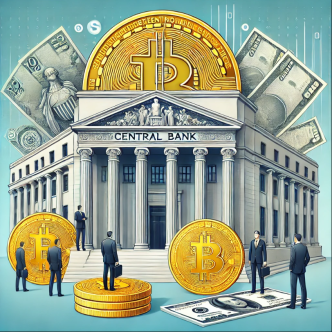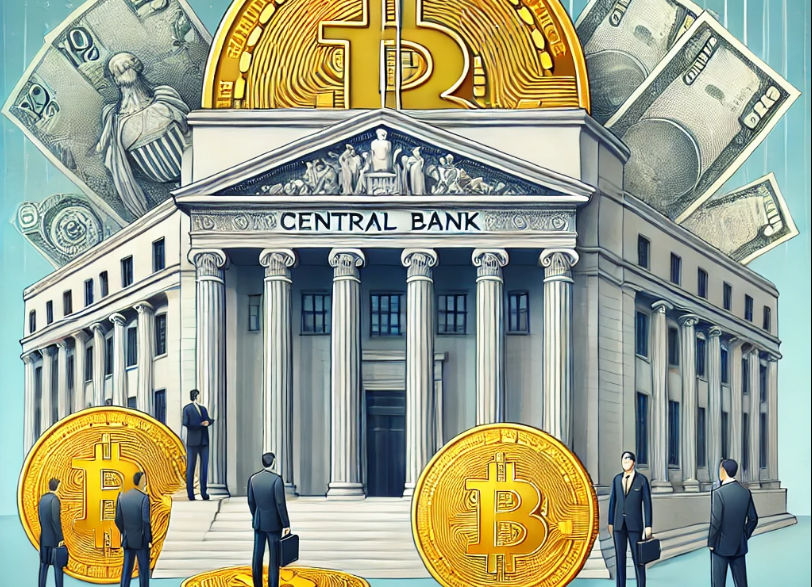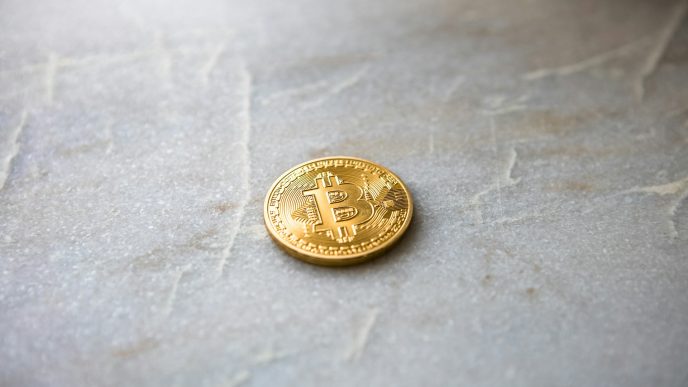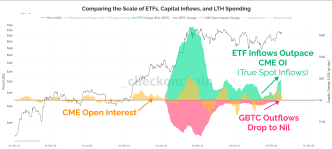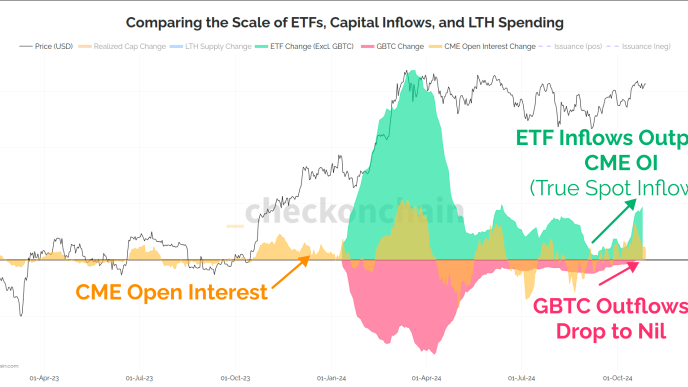Bitcoin, the world’s top cryptocurrency, is designed to act as a money or payment option outside anyone’s control. Using the crypto, which is decentralized and peer-to-peer, removes the involvement of third parties, like central banks. This Bitcoin promise has redefined the financial landscape, helped the unbanked, and empowered those who want independence. However, the ecosystem has its share of critics, including central banks.
Related Reading
Central banks’ role shrinks as the Bitcoin ecosystem grows and its use cases expand. This prevailing belief is validated by a growing amount of research from financial institutions and central banks that assess Bitcoin’s disruptive nature. The ever-increasing narrative focuses on Bitcoin’s role in promoting inequality and its potential to disrupt central banks’ policies.
The Role Of Bitcoin In Distributing Wealth
One subject of central banks’ studies highlights Bitcoin’s role in wealth distribution. To help us understand Bitcoin’s role, we look at two papers published by the European Central Bank. The first paper, published after the FTX fiasco in 2022, is titled “Bitcoin’s Last Stand,” which sees the top crypto as a failed monetary project nearing its end.
But in 2024, when Bitcoin hit an all-time high, the same researchers filed another study, painting Bitcoin positively. The paper argued that crypto can impact wealth distribution, but only the early holders get richer. Since Bitcoin or crypto use doesn’t produce a product or service, the increased wealth of early adopters comes from the reduced consumption of all other members of society.
Does BTC Disrupt Monetary Policies?
Other finance-related researches look at Bitcoin’s impact on monetary policies. For example, the Minneapolis Federal Reserve argues that when people can hold and use Bitcoin, it is difficult for the state to run budget deficits regularly.
Traditionally, the government can just offer bonds in case there’s a deficit in revenue collection. But governments may only spend what they usually collect if there’s Bitcoin. The study suggests two options: one, to ban Bitcoin’s adoption, and two, to tax this asset.
In addition to the Minneapolis paper, an IMF policy paper in 2023 highlighted Bitcoin’s effect on monetary policy. The paper argues that Bitcoin impacts a state’s policy, and emerging markets are most vulnerable. As a solution, the researchers recommend strengthening their monetary policies first before banning Bitcoin.
Related Reading
Central Banks, Financial Institutions Now Take Bitcoin Seriously
Recent studies and research from central banks indicate that Bitcoin is redefining finance. While these papers don’t mirror the ideas and thinking of policymakers at these institutions, they give us insight into how the industry sees Bitcoin. Some recent policies, including the IMF 2022 Argentina bailout recommendations, include a few anti-cryptocurrency provisions.
Bitcoin’s continued popularity is now becoming an obstacle for many central banks in their efforts to create monetary policies. One of the main aims of Bitcoin’s supporters is to offer the public an alternative financing landscape free from the direction, if not, clutches of banks.
Featured image from Dall-E, chart from TradingView
Source link
Christian Encila
https://www.newsbtc.com/news/bitcoin/bitcoin-potential-for-monetary-policy-sparks-growing-interest-among-central-banks/
2024-10-29 01:30:41

